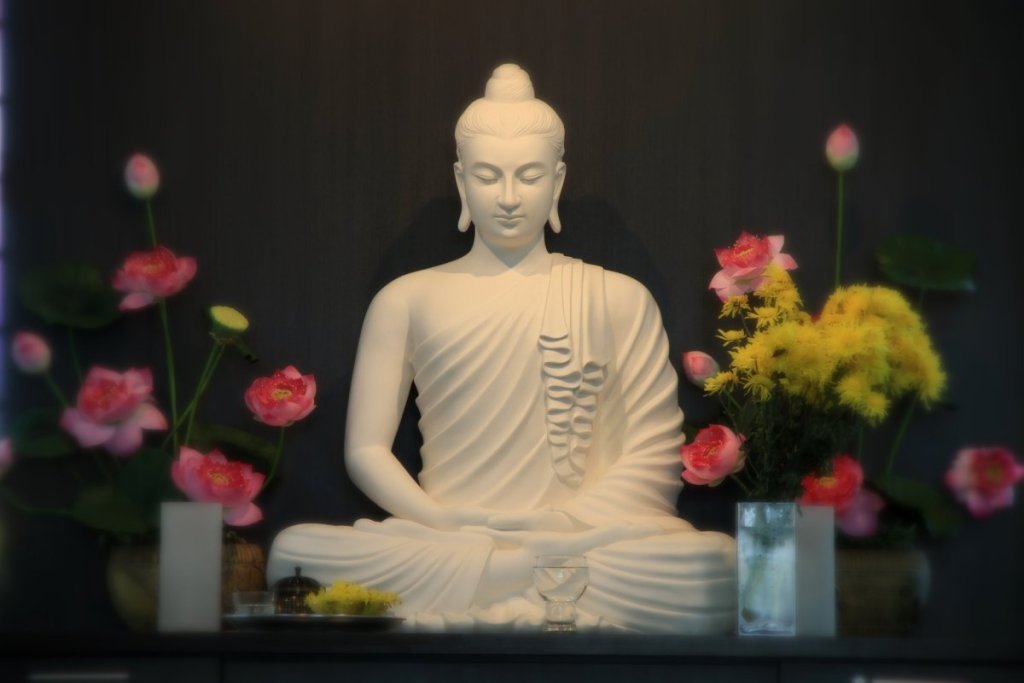The Eight Precepts are the discipline of laypeople engaged in short training periods or in preparation to leave home. Because the world of laypeople with its work and family obligations can be fatiguing both mentally and physically, the Buddhist tradition allows and encourages periods of retreat. During these periods, the lay disciples accept the Eight Precepts and experience a bit of the peace of a well-ordered and disciplined life. In this way, they can develop more understanding of the Buddhadharma and enjoy a clarity of mind analogous to the happiness of springtime. The layman’s precepts are the same as the first nine of the Sramanera’s precepts, the sixth and seventh being combined to make a total of eight. It is customary in Buddhist countries to observe these precepts on the new- and full-moon days of the lunar calendar. The precepts close the doors to the realms of woe (apaya-bhumi) and open the doors to the heaven–worlds and the realms of the sage.
[ Next: Mahayana And Hinayana ]
_______________________________________
Source: Young Men’s Buddhist Association of America

